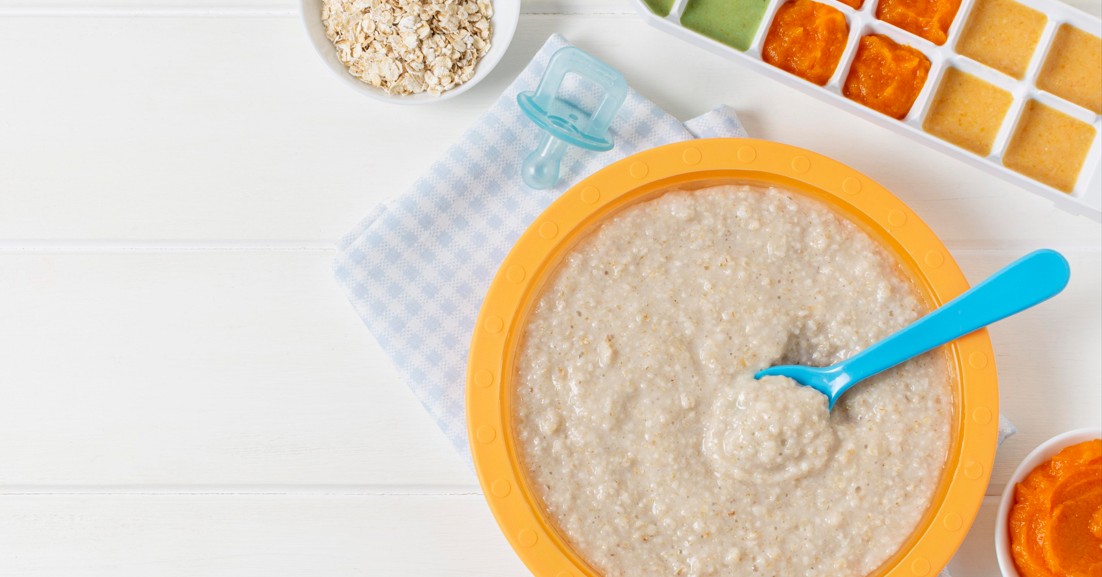Toddlers need variety, not routine — nutritionist breaks down common feeding mistakes

Chege recommends switching to traditional foods like sweet potatoes, cassava, arrowroot, and legumes, which are not only rich in fibre and essential minerals but also more affordable and accessible for the average Kenyan family.
When your toddler suddenly refuses their once-favourite bowl of uji or turns away from the usual breakfast cereal like Weetabix, it’s natural for parents to worry.
However, Nairobi-based certified nutritionist Lucy Chege says this could be your child’s subtle way of saying, “I’m bored,” or even, “I’m not getting what I need.”
More To Read
“Toddlers, just like adults, get tired of eating the same thing over and over,” Chege told The Eastleigh Voice on Thursday.
“If you offer them the same texture, taste, or colour every day, it’s natural that they’ll start refusing it.”
She explains that a healthy toddler diet isn’t just about quantity—it’s about variety. Offering a wide range of foods helps ensure children get the nutrients they need to grow and thrive.
In general, the more colour and texture on a child’s plate, the more nutrient-dense the meal is likely to be.
What surprises many Kenyan parents, she notes, is learning that Weetabix—a common breakfast staple for toddlers—is actually not recommended for children under three years old.
“Weetabix is only for kids aged three and above,” Chege says.
The Eastleigh Voice also confirmed that the brand has highlighted this on their packages. Yet, many parents remain unaware, often assuming it is a safe, healthy option for babies as young as one.
This common misunderstanding, experts warn, may lead to digestive discomfort or missed nutritional needs during a critical growth stage.
“Younger children need softer, more digestible options that support their still-developing systems. Yet many parents are unknowingly over-relying on it.”
What do you feed your toddler?
Chege recommends switching to traditional foods like sweet potatoes, cassava, arrowroot, and legumes, which are not only rich in fibre and essential minerals but also more affordable and accessible for the average Kenyan family.
"You can mash, blend, or steam them to suit toddlers at any age; they’re incredibly versatile," she adds.
What is more, Chege warns that serving the same breakfast every day is not just boring, it can be nutritionally risky.
“A baby never lies,” she says.
“They’ll refuse that food no matter how sweet it looks if they’ve grown tired of it. And over time, if they’re not getting key nutrients, you’ll begin to see signs of poor health, from stunted growth to symptoms similar to kwashiorkor or marasmus.”
No single food contains everything a growing child needs.
Nutritional gaps
Over time, this lack of diversity can lead to nutritional gaps, which may affect energy levels, immunity, and even developmental milestones.
Chege emphasises that mealtime should be an opportunity to expose toddlers to different textures, colours, and food groups, not just to keep them engaged, but to build a strong foundation for lifelong healthy eating habits.
As for signs that a toddler’s diet has become repetitive or lacking, Chege advises parents to watch for fatigue, resistance to food, and slowed growth.
“These signs tell us it’s time to switch things up and bring more life into their meals.”
The Healthy Children’s Organisation urges parents to be more intentional and creative when planning meals for toddlers—a critical stage when nutritional needs are high and taste preferences begin to develop.
A lack of variety or balance in a child’s diet often reveals itself through subtle but significant signs.
“Fatigue, disinterest in food, frequent illness, or slowed growth, these aren’t just random phases,” Chege explains.
“They can be your child’s way of communicating that something’s missing from their diet.”
She adds that when a child routinely refuses certain meals or appears unusually tired despite adequate sleep, it could point to a lack of essential nutrients such as iron, protein, or healthy fats.
Stop ignoring the signs
“That’s the body’s alarm bell,” she says.
“And when parents notice those red flags, it’s time to switch things up, not just to satisfy a picky eater, but to protect their health and development.”
Chege encourages caregivers to think beyond the usual suspects and look at every mealtime as a chance to introduce something fresh, fun, and nourishing.
"A child’s plate should grow with them," she says. "It should evolve just like they do."
What do you feed them?
You don’t have to look far or spend much to create healthy, balanced meals. Chege recommends simple, toddler-friendly breakfasts like smoothies made with banana, avocado, boiled egg, steamed spinach, and milk. For children who don’t enjoy uji, she suggests oats as a nutritious alternative.
Other easy and affordable options include sweet potato with milk, mashed cassava mixed with egg, or warm arrowroot served with a splash of milk. These meals are not only healthy but also filling and comforting—perfect for fuelling toddlers through their active mornings.
Purity Ntinyari, a mother of a two-year-old in Eastleigh, says adding variety to her child’s diet has completely transformed mealtimes at home.
“At first, my daughter would get bored quickly, even with foods she used to love. Then I started switching things up. If it was eggs, I’d scramble them one day, fry them the next, or boil them the day after,” she shares.
“Sometimes I let her feed herself, too, even if it gets messy. Just giving her a bit of independence made her more interested in eating.”
Ntinyari says the small changes not only improved her child’s appetite but also made breakfast a more joyful, less stressful part of the day.
One of the myths Chege is determined to debunk is the fear of introducing variety too early.
“Surprisingly, the earlier a food is introduced, especially proteins, the less likely it is to cause allergies,” she says.
“You just have to introduce new foods gradually, so you can monitor any reactions.”
She also offers creative tips for making even old favourites more exciting.
Mix it up
Instead of giving up on uji, Chege encourages parents to get creative.
“Don’t throw it out just because your child refuses it once,” she says.
“Try blending in a ripe banana to add natural sweetness, or mixing in a boiled egg for a protein boost.”
Pawpaw or mango puree can also give porridge a refreshing new flavour while enhancing its vitamin content, especially vitamin A and C, which are crucial for immunity and growth.
Chege stresses that the goal is not to abandon nutritious foods, but to re-imagine how they are served.
“Mix the foods they resist with the ones they love,” she advises.
“That’s often enough to win them over.”
Leftovers
Even leftovers, she adds, can have a place on the breakfast table, provided they have been stored hygienically and reheated properly.
“A bit of last night’s ugali with mashed avocado or soup can make a hearty, nutritious start to the day,” she says.
“Don’t throw away perfectly good food,” Chege says.
Ultimately, Lucy insists that breakfast is not just another meal; it is foundational.
“Toddlers are constantly growing and burning energy. Breakfast fuels that growth,” she explains.
“It needs to be taken seriously.”
While it might be tempting to fall into the habit of giving the same “safe” meal every day, Chege strongly advises against it.
“Routine is good, but not when it comes at the cost of variety. Every breakfast should be an opportunity to nourish your child with something different, colourful, and nutrient-packed.”
So, the next time your toddler pushes away their porridge, it may be more than a fussy mood; it could be their body asking for a change.
And as Chege reminds us, the key to raising strong, healthy children might just be hiding in the foods we already have in our kitchens; we just need to use them better.
Top Stories Today












































